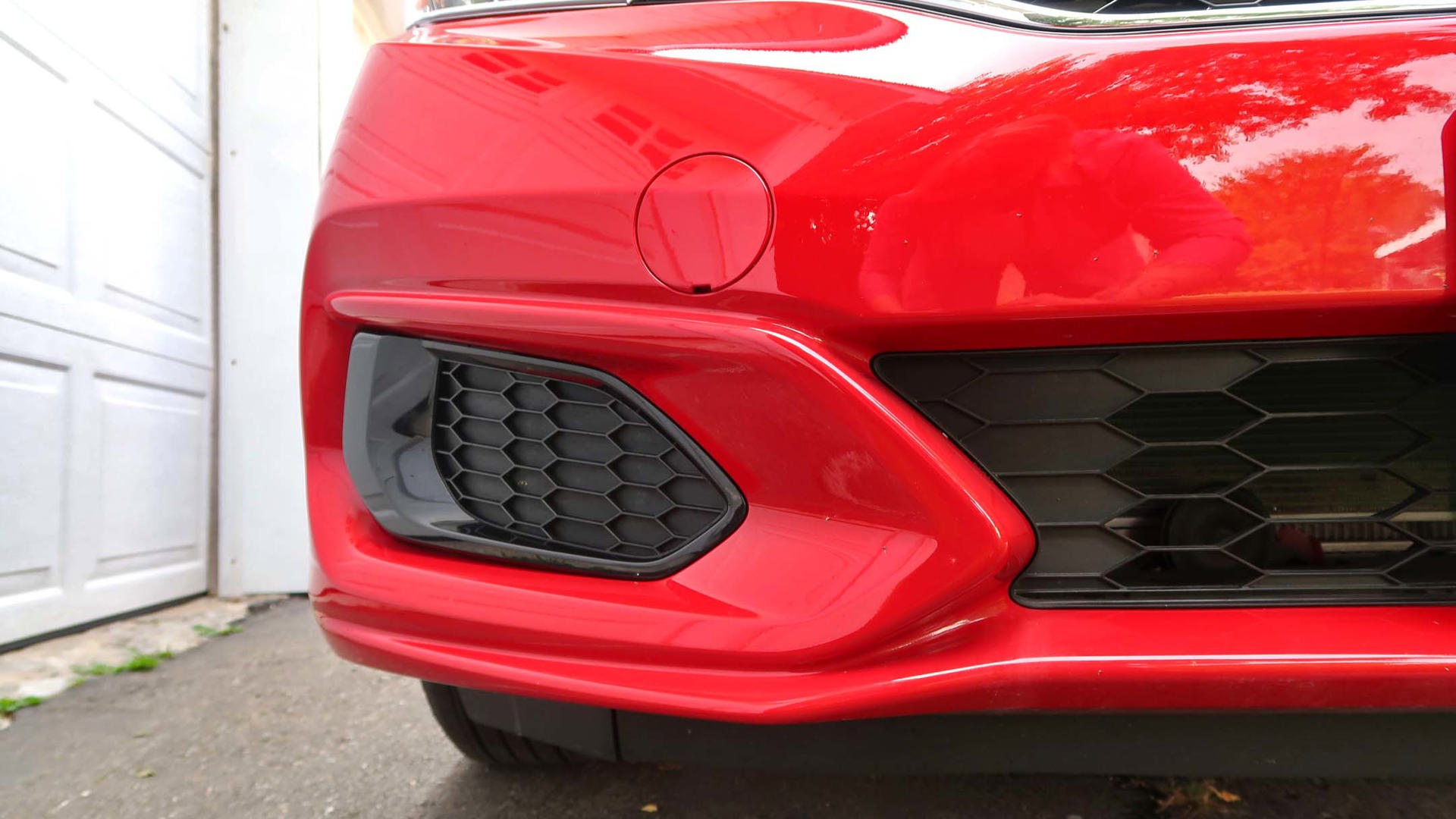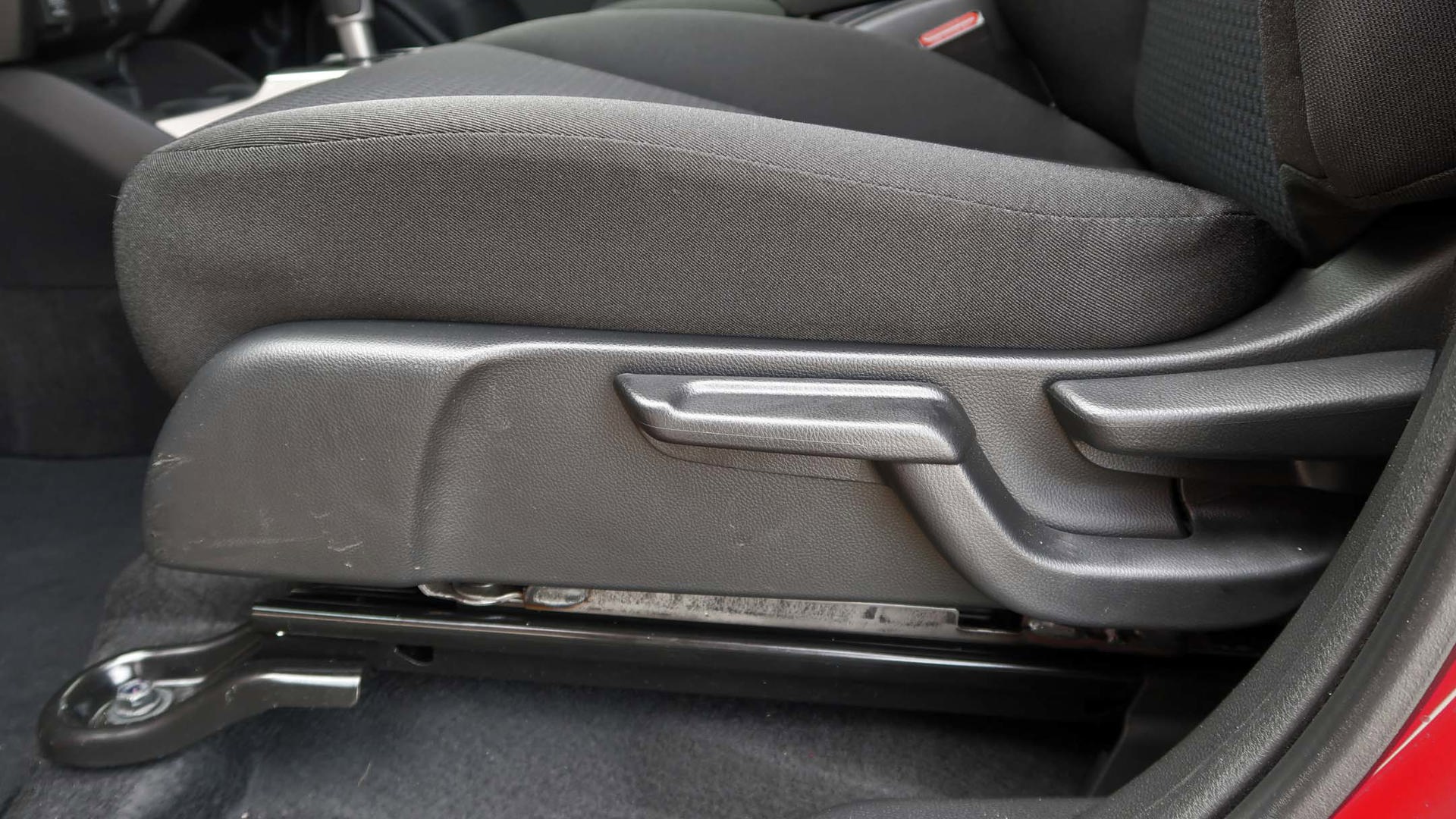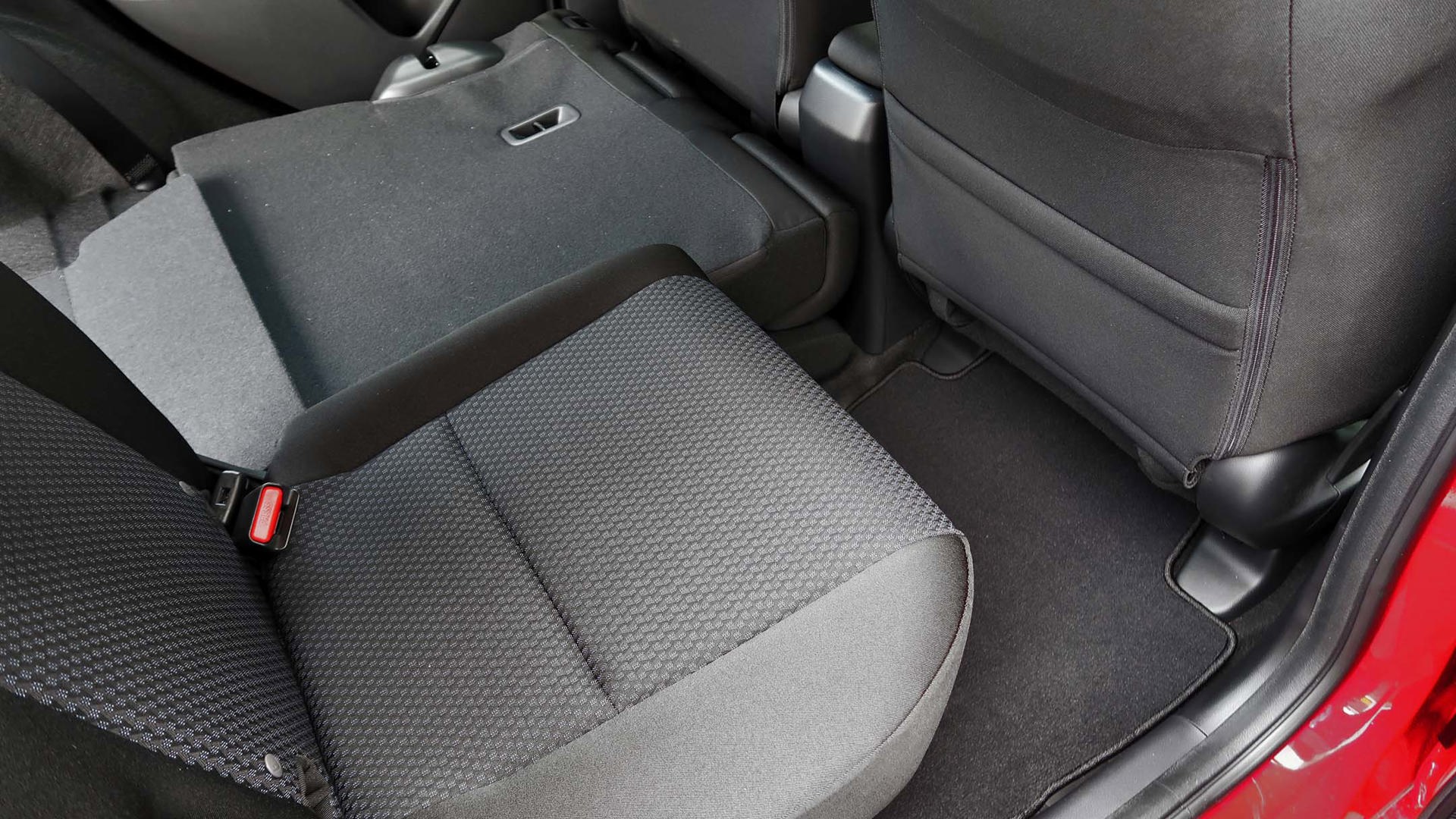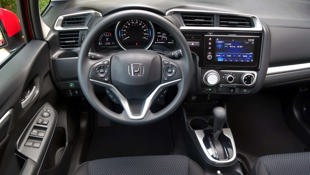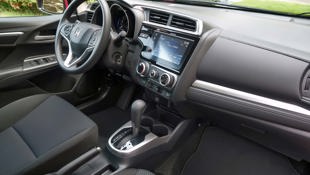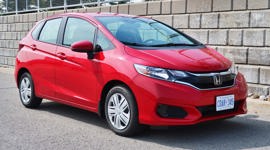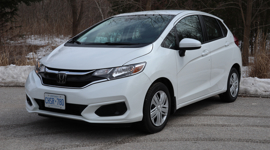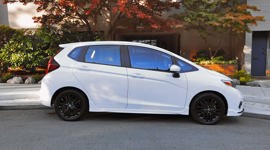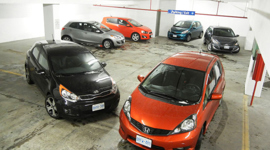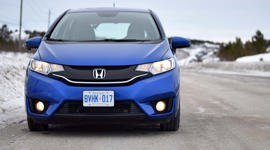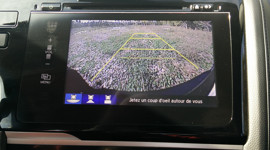 AutoTrader SCORE
AutoTrader SCORE
-
STYLING7/10
-
Safety8/10
-
PRACTICALITY9/10
-
USER-FRIENDLINESS9/10
-
FEATURES8/10
-
POWER7/10
-
COMFORT6/10
-
DRIVING FEEL7/10
-
FUEL ECONOMY8/10
-
VALUE9/10
Even if you have a lot of stuff to carry, bigger isn’t necessarily better. Before you get into an oversized vehicle because you think you need it, first see what’ll fit in a Fit.
Maybe stick-shift drivers are better pilots than those who choose automatics, because only CVT-equipped models include the electronic-safeties package.
I’ve always been impressed by Honda’s Swiss Army knife of subcompacts, right from when it launched in Canada for 2007. While it has some shortcomings, its tall-wagon profile and multi-folding rear seats give the Fit enough cargo creds that I can be very forgiving.
The Fit undergoes a “refresh” for 2018, including new front- and rear-end styling. It still isn’t what I’d call pretty, but it is a definite improvement. There’s a new Sport trim level, while some models receive Honda Sensing, which adds emergency braking, lane-keep assist, lane-departure warning and mitigation, and adaptive cruise control. Maybe stick-shift drivers are better pilots than those who choose automatics, because only CVT-equipped models include the electronic-safeties package.
There are five trim levels, starting with the DX at $15,190, and topping out with the EX-L Navigation at $23,990. My LX tester, the next step up from the entry level, started at $18,590 with a six-speed manual, but my CVT and Honda Sensing bumped it up to $19,890 before freight and taxes. That was a big part of my approval as well: this felt like I was getting a lot, for less than twenty grand.
All Fit models come with a 1.5L four-cylinder making 130 horsepower and 113 lb-ft of torque. It’s no powerhouse, and the CVT can get rumbly and drone at certain speeds. There’s lots of road noise, and it bangs hard over bumps. There are, admittedly, a few times when you feel the car’s price.
But approach it from the handling side of things, and this little pumpkin’s fun to drive. The steering’s quick and the car feels lively, and it tucks in tightly when you need to spin around a small space. It settles in well on the highway, with a solid and planted feel, and cruises along nicely once it gets up to speed. In a week of combined city and highway driving, I averaged 6.5 L/100 km in it, right on the nose of its published fuel economy.
The cabin design focuses on practicality. The instrument cluster is easy to read, and the ring of light around the speedometer changes colour to indicate when you’re driving efficiently. Automatic climate control is limited to the top-line EX-L Navigation, but I’m good with the big, easy-to-use dials that control the manual cold-and-hot on my tester.
And lo and behold, what’s that above them? Yes, it’s another dial, meant to turn on the stereo and adjust its volume. Honda has been taking the heat from a number of writers – I think I’m at the top of the list – for the all-glass-slide-your-finger-to-make-it-work infotainment system that it introduced in whatever phase it was going through where it thought it was a good idea. It’s finally coming around and putting in the dial that never should have left in the first place.
Everything else is still touchscreen, but the icons are large and easy to use. The stereo sounds pretty good, and all but the base DX trim level come with Android Auto and Apple CarPlay, in addition to the company’s HondaLink smartphone connection. All trim levels include a back-up camera in the screen.
The Honda Sensing package included in my car is pretty slick for something at this price point. The adaptive cruise control is quite smooth – some of these can be jerky as they come up behind slower traffic – and the lane-keeping feature centres the car between the lines. It will pilot itself, adapting its speed to the car ahead and staying in its lane (but it’s meant as a driving aid, not a self-driving feature). The Fit is available with LaneWatch, a version of blind-spot monitoring that shows an image of the passenger side in the centre screen when you hit the right-hand turn signal, but it only comes on the top-trim EX levels.
The front seats are fine for short trips, but on long trips they prove hard on the butt. The front foot wells are shallow, and while I was fine with them, my longer-legged husband wished for a bit more room to stretch out.
The rear chairs aren’t really long-distance comfy either, even though they recline, but what I love most about them has nothing to do with sitting. Honda calls them “Magic Seats”, and that’s pretty close to the mark. Pull a lever – it’s a one-handed operation – and they obediently fall down flat in a single move to increase the rear cargo floor, giving the Fit some 1,492 litres of cargo space. The front passenger seatback tilts back almost flat, so if you’re carrying a long, narrow object, you can slide it in pretty much up to the dash.
Pull up on the bottom cushion and it lifts up, locking into place when you push the seat legs against it. You can now fit tall cargo directly on the floor. It’s a brilliant design, and so beautifully easy to use.
Now, despite my raving about it, of course the Fit isn’t going to fit everyone. While there’s a fair bit of room in back with the seats up, the truly impressive cargo-swallow happens only when you don’t have rear-seat passengers. But for couples or small families, even those who often hear the siren song of Costco or IKEA, this could well be an alternative to a larger crossover or SUV that’s cheaper to buy, better on fuel, easier to park, and can still bring home six months’ worth of toilet paper. If Honda’s smallest ride isn’t on your radar, you should give it a look.
| Engine Displacement | 1.5L |
|---|---|
| Engine Cylinders | I4 |
| Peak Horsepower | 130 hp @ 6,600 rpm |
| Peak Torque | 114 lb-ft @ 4,600 rpm |
| Fuel Economy | 7.0/5.9/6.5 L/100 km city/hwy/cmb |
| Cargo Space | 470 L/1,492 L rear seats down |
| Model Tested | 2018 Honda Fit LX CVT with Honda Sensing |
| Base Price | $19,890 |
| A/C Tax | $100 |
| Destination Fee | $1,595 |
| Price as Tested | $21,585 |
|
Optional Equipment
None
|
|












